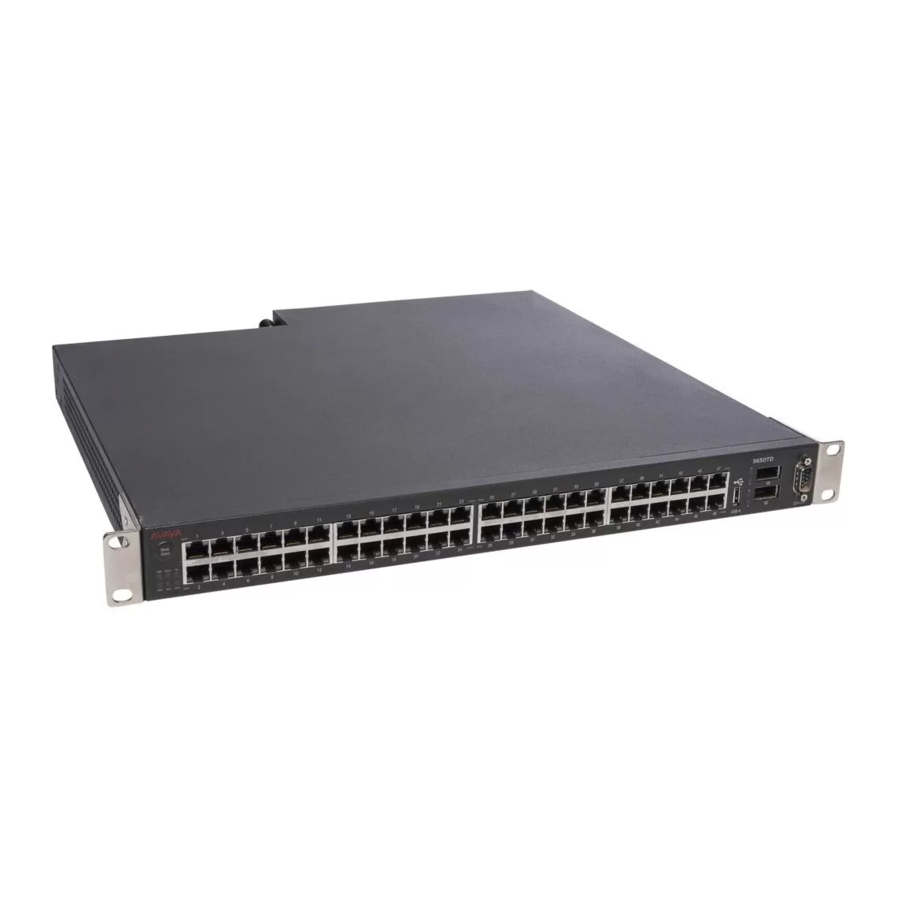
Avaya 5000 Series Installation Manual
Ethernet routing switch
Hide thumbs
Also See for 5000 Series:
- Troubleshooting manual (222 pages) ,
- Installing (84 pages) ,
- Manual (64 pages)















Need help?
Do you have a question about the 5000 Series and is the answer not in the manual?
Questions and answers